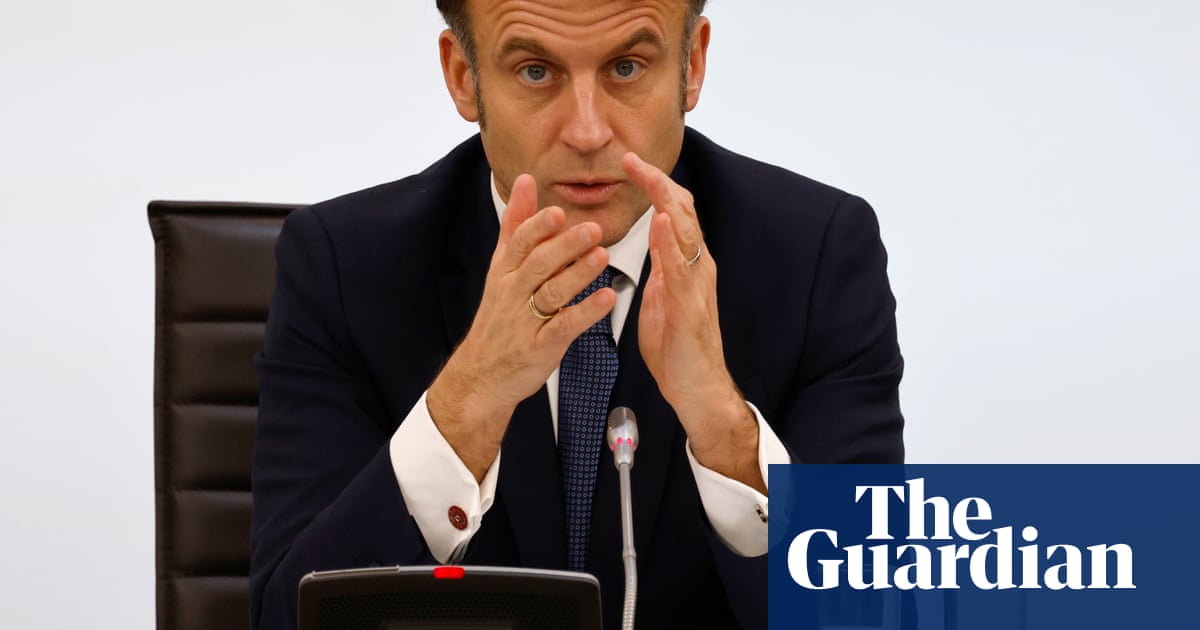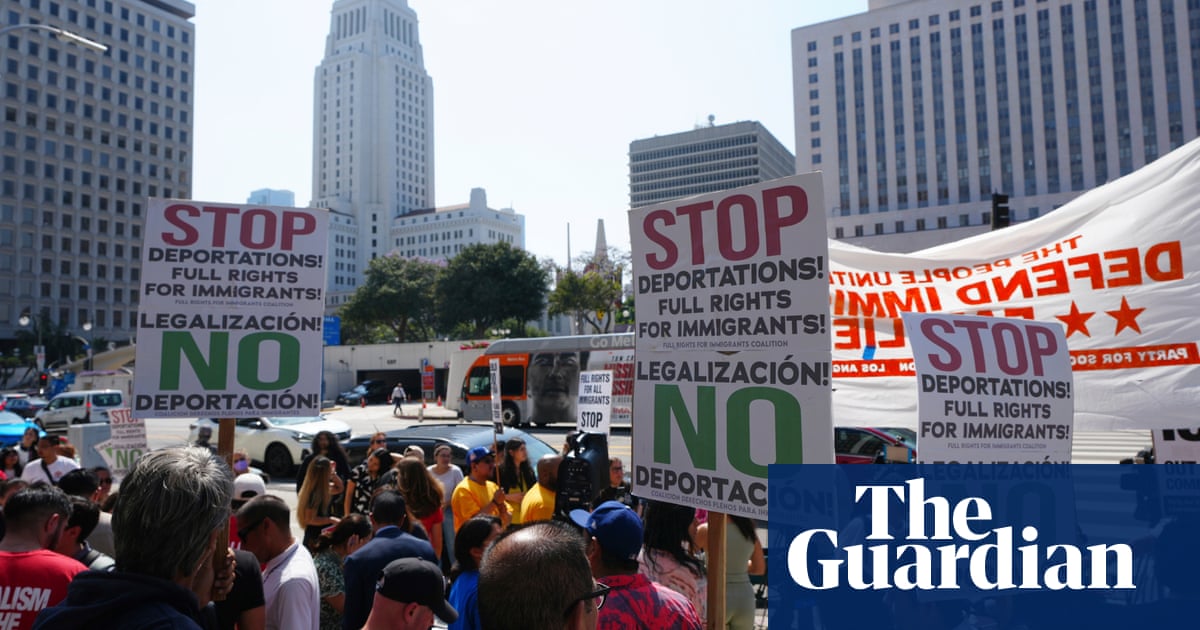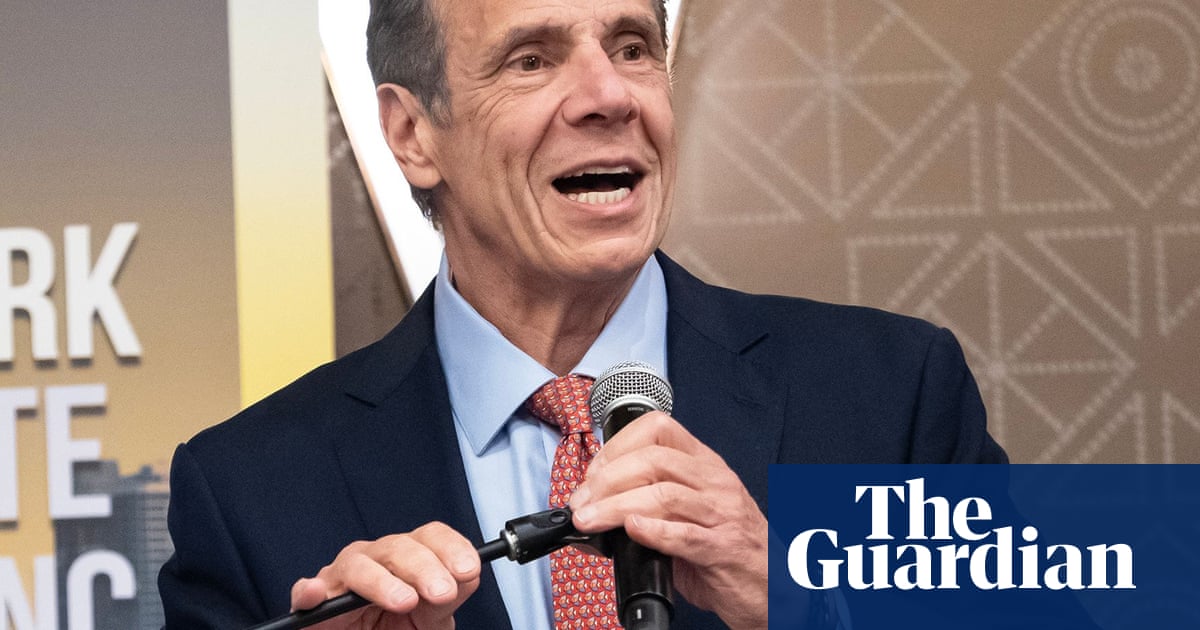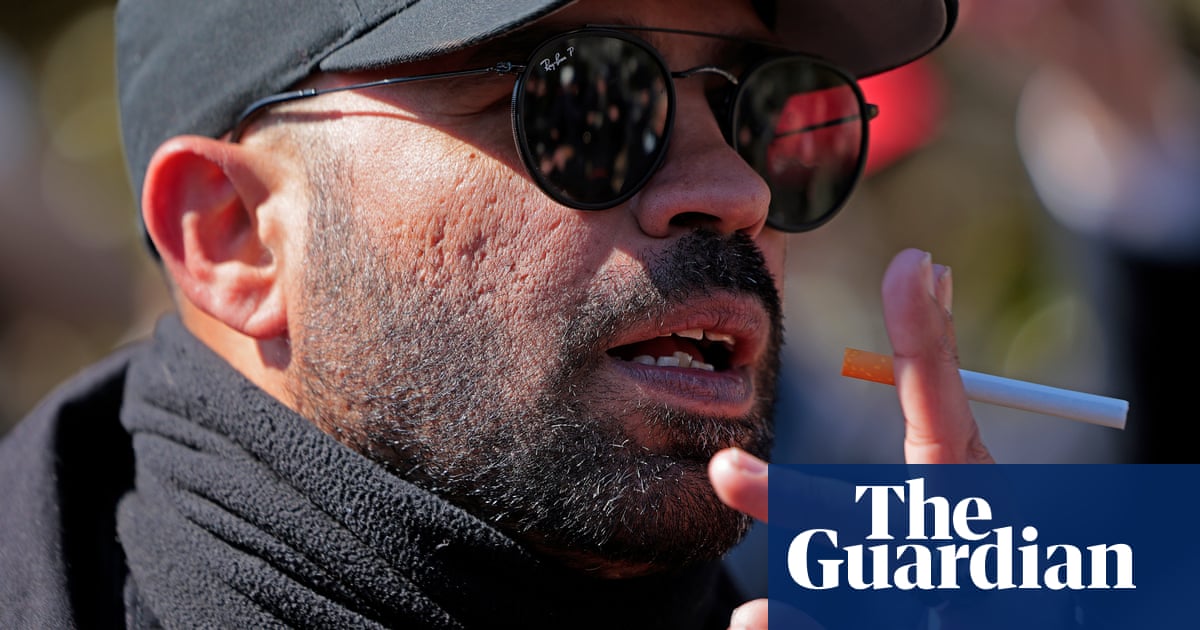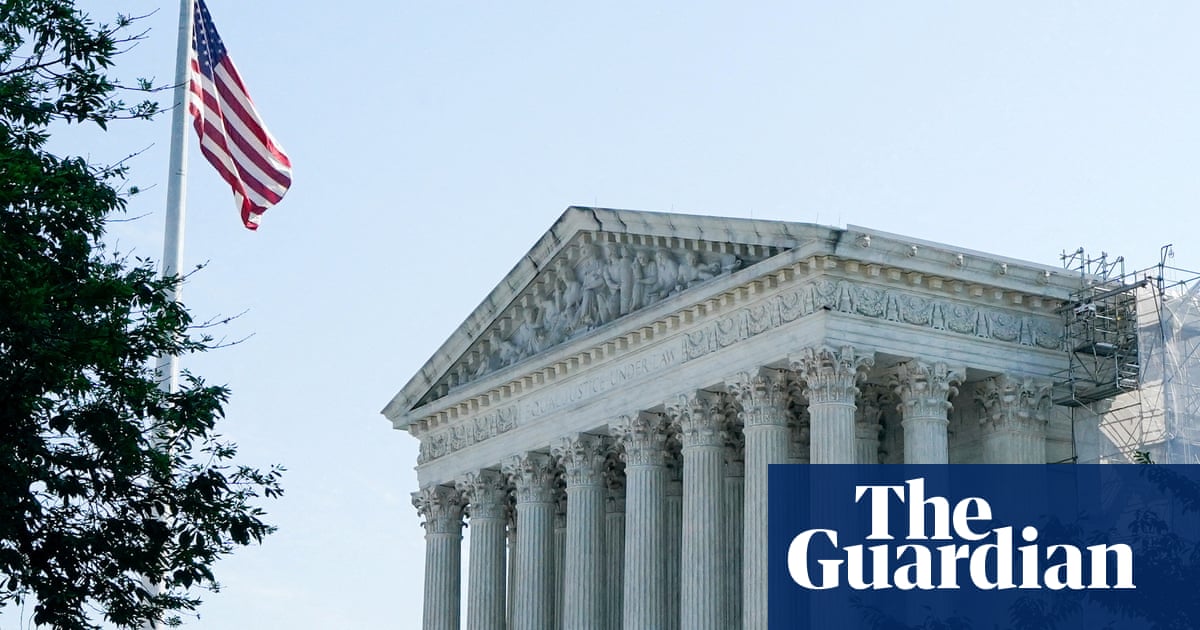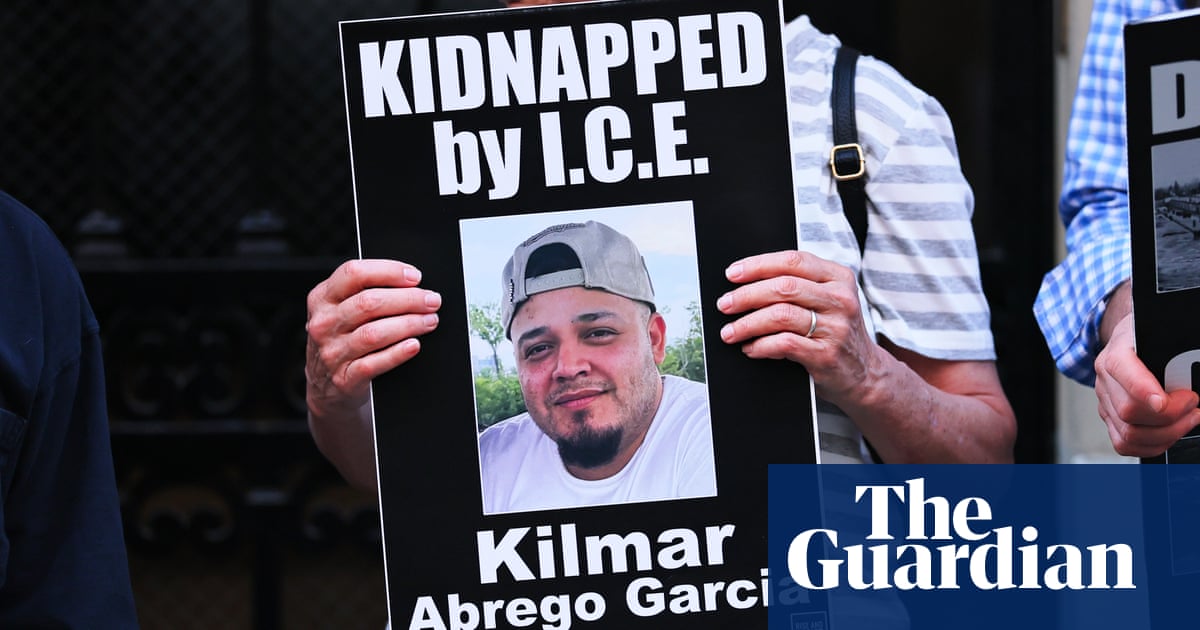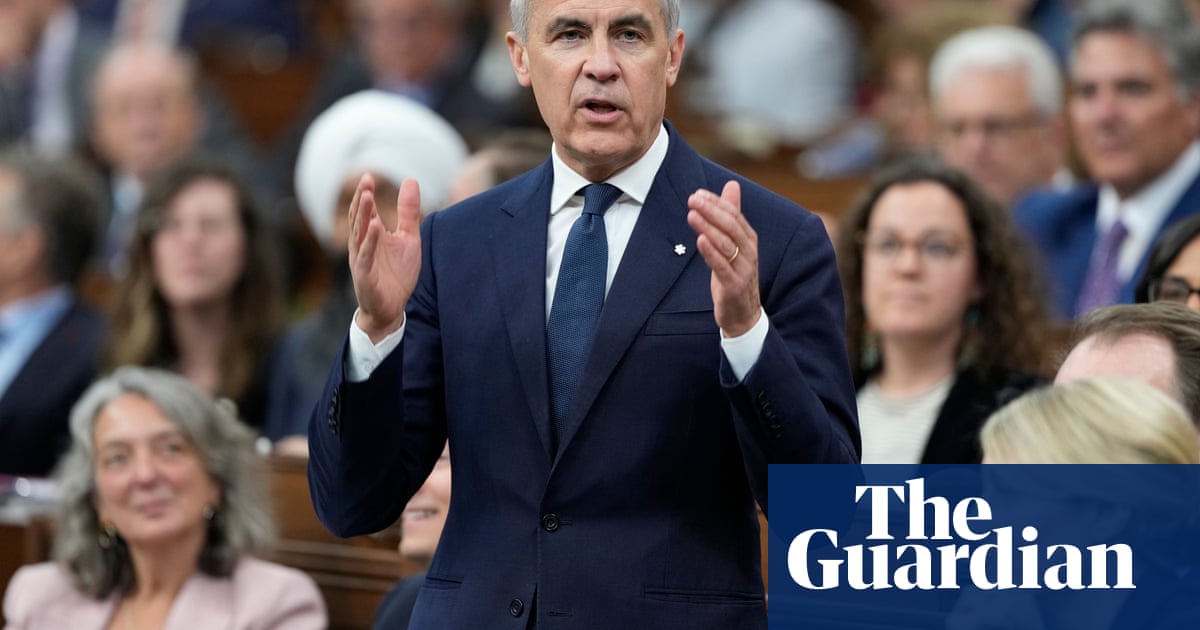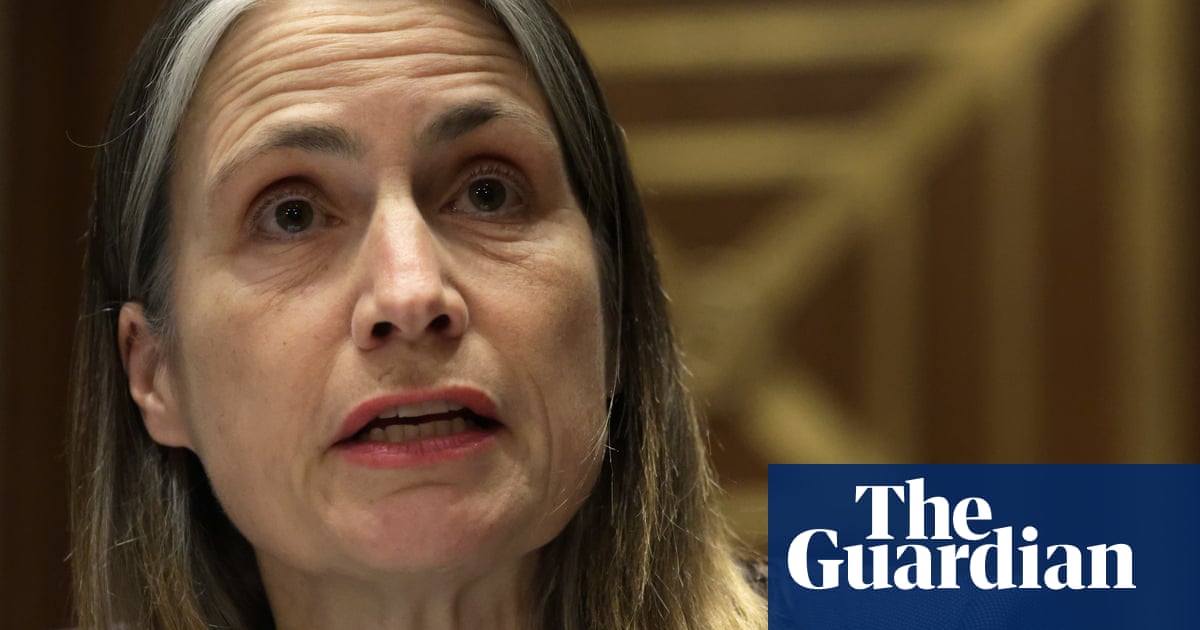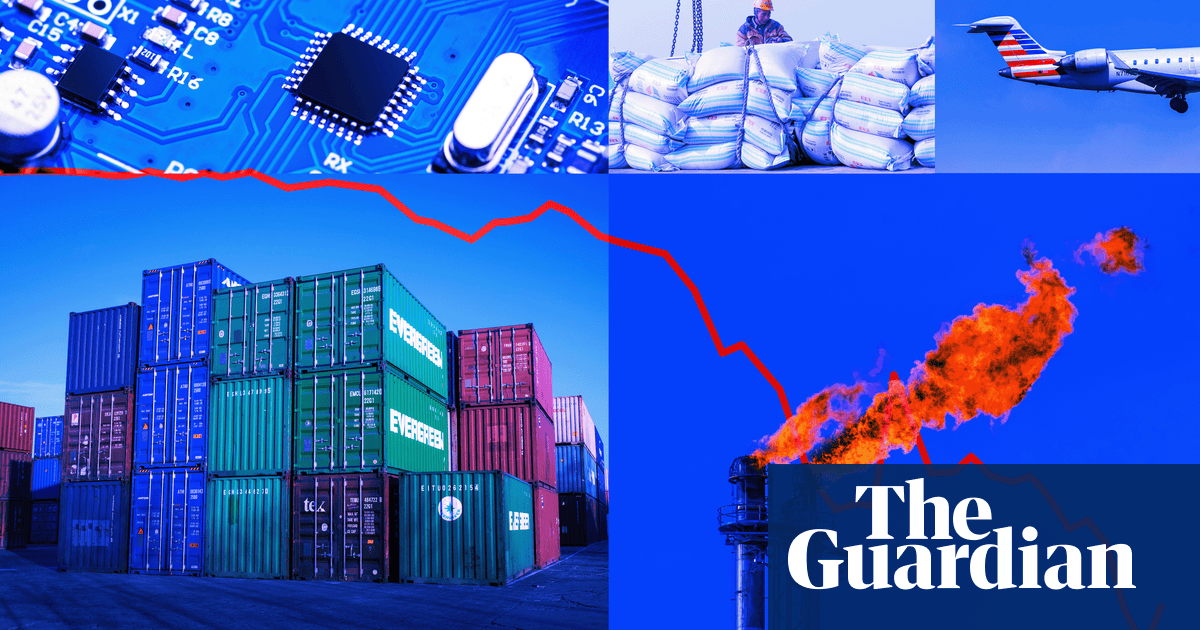As aid from China, Russia, India and the UK begins to flow into Myanmar, there is a conspicuous gap in global support from the world’s richest country: the US.
The powerful 7.7-magnitude quake that struck central Myanmar on Friday has caused widespread destruction, flattening swathes of the country’s second-largest city, Mandalay, and even a tower block in the Thai capital, Bangkok, more than 600 miles (1,000km) away.
The true picture of the crisis is yet to be fully revealed, given limited access to a nation that has been racked by a conflict since a 2021 military coup. The death toll, now at 1,700, is widely expected to rise.
Despite the logistical challenges, some countries have been quick to act. But Donald Trump has been accused of blowing up the US’s ability to respond to international disasters through cuts to foreign aid programmes.
China sent an 82-person team of rescuers into the country on Saturday. On Sunday, the state-run Xinhua news agency said a 118-member search and rescue team had also arrived. The team included earthquake experts, medical workers, field hospital workers and rescue dogs.
The Chinese government said on Monday that it has sent a first batch of relief supplies worth 100m yuan ($13.78m) to Myanmar, including tents, blankets and first aid kits, the official Xinhua news agency reported.
Hong Kong has earmarked HK$30m ($3.8m) for emergency relief support, and sent in a 51-person team, with two search and rescue dogs and equipment, including life detectors. Russia’s emergency and health ministries said they had flown 120 rescuers, a medical team and supplies to Myanmar. And an aid flight from India landed in Myanmar on Saturday, with four more aircraft and two navy ships on the way, officials said.
The UK has pledged £10m ($12.9m) in humanitarian aid, with UK-funded local partners already mobilising on the ground. The EU has promised €2.5m ($2.7m) in initial emergency relief.

From south-east Asia, Indonesia will deploy logistical aid from Monday, including a hospital ship and several helicopters. The Philippines and Vietnam are sending teams of medics.
But the US, once among the biggest providers of foreign aid, has been slow to act, with a modest pledge of $2m announced on Sunday. “It’s a real bad one, and we will be helping. We’ve already spoken with the country,” Donald Trump told reporters on Friday, describing the quake as “terrible”.
The US embassy in Myanmar added in a statement on Sunday that “a USAID emergency response team is deploying to Myanmar to identify the people’s most pressing needs, including emergency shelter, food, medical needs, and access to water”.
But Trump’s gutting of American foreign aid infrastructure and funding mean the three-person USAID assessment team is not expected to arrive in Myanmar until Wednesday, almost a week after the disaster, according to a report by the New York Times.
It was also unclear what aid would be sent, or how any money would be used, given that the systems needed to distribute aid had been dismantled, said Phil Robertson, director of Asia Human Rights and Labour Advocates. “Maybe the embassy can do it, but they don’t have any of [USAID’s] specialists.”
Key among those specialists are USAID’s elite disaster assistance response teams (Darts), which are usually deployed as first responders to catastrophes worldwide to coordinate US relief efforts, direct aid and provide technical expertise. Those teams will probably vanish as USAID gets dismantled.
Robertson said the US had gone from “leader” to “laggard”.
A US rescue team arrived in Thailand on Sunday to assist with search efforts at the site of a building that collapsed in the capital, Bangkok.
Delivering help to neighbouring Myanmar, which is gripped by conflict, will be far more challenging. Rights groups have warned that assistance should be funnelled carefully to the country through community-based groups, and not the military junta, which has a history of weaponising aid.
“Donald Trump has completely blown up the US government’s ability to respond to international disasters. He unilaterally dismantled the pre-eminent aid agency,” Robertson said.
“It’s entirely appropriate that China and Russia are sending their teams faster than the US did. Because that’s the new reality … This is something we’re going to see time and time again over the coming years, every time there’s a disaster.”
The US had been “disarmed” in relation to its soft power, he added.
On Friday a three-judge panel lifted the injunction blocking Elon Musk’s “department of government efficiency” (Doge) from shuttering USAID, at roughly the same time the Trump administration notified Congress of plans to eliminate the agency entirely, despite pushback from some members of Congress, who say their permission is required first.
USAID staff worldwide have received termination notices effective in July or September which, if enacted, would leave a skeleton aid crew operating under the banner of the US Department of State.
Nether the state department nor a USAID-state coordinating office responded to a request for comment.
In the wake of a natural disaster, the swift deployment of aid was key, said humanitarian organisations such as Doctors Without Borders.
International organisations such as the World Health Organization – from which the US recently withdrew – has mobilised its logistics hub in Dubai to prepare trauma injury supplies and trigger its emergency management response. The agency is urgently seeking $8m to save lives and prevent disease outbreaks over the next 30 days.
The UN humanitarian agency Ocha is also mobilising emergency response efforts, alongside its partner organisations.
“A severe shortage of medical supplies is hampering response efforts, including trauma kits, blood bags, anaesthetics, assistive devices, essential medicines, and tents for health workers,” Ocha said in a statement on Saturday.

 2 months ago
38
2 months ago
38
